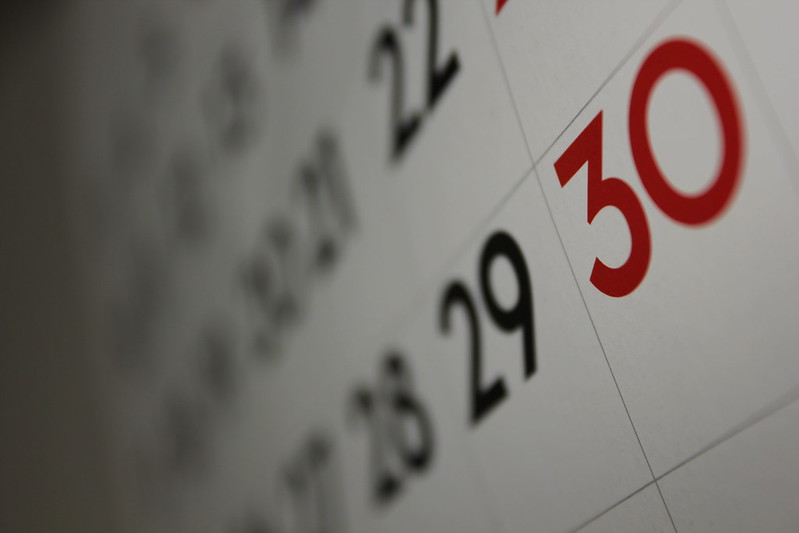February 28 is, of course, the last day of the shortest month of the year.
Every four years February gets a little longer, thanks to a leap day on the 29th.
But there was one time centuries ago that some, shall we say, calendar malfunctions led to a February 30.
We know that a year represents the time it takes for the Earth to orbit the Sun, and a month is supposed to be how long it takes for the moon to go around the Earth.
But beyond that, humans have come up with a lot of ways to design their calendars.
In the western world, there was the Julian calendar.
It was named for Julius Caesar, who proposed a calendar that had a four year cycle.
There were three years with 365 days and then a year with a leap day, to account for the fact that the earth’s orbit is close to 365 ¼ days.
And for centuries, that worked pretty well, but since the actual length of earth’s orbit is just slightly under 365 ¼ days, the seasons started shifting away from where they usually been in the calendar.
In the 16th Century, Pope Gregory XIII realized that this seasonal drift would mean that Easter would no longer be synced up with the spring equinox, and he decided that the calendar would have to change.
A number of countries decided to move from the Julian to the new Gregorian calendar in 1582 in one fell swoop, by skipping October 4th through October 15th.
But in other places the calendar change moved more slowly.
As Now I Know explained, Sweden decided at first not to make a switch at all.
Then they decided they would switch, but not by simply skipping days to get to where the Gregorian calendar was then.
Instead, they decided they would skip leap years for four decades, starting in 1700, until the calendars were back in sync.
This did not go as planned; thanks to a war at that time, they kept holding the leap days they were supposed to skip!
The leap year plan that was supposed to last until 1740 was scrapped in 1712.
But instead of moving directly to the Gregorian calendar, Sweden switched back to the Julian system.
And to make that work, they had to add two leap days to February of that year, which meant that in the Swedish Empire, a person could have been born on February 30, 1712.
But it was a one time occurrence.
The Swedes continued to use the Julian calendar until 1753, at which point they joined the Gregorian system… by just skipping ahead to the current dates like they could have done all along.
Today in 1903, twelve members of the Imperial Household Orchestra played Japanese gagaku, the music of the court, into a gramophone run by an American engineer.
It was the oldest sound recording made in Japan, and as Atlas Obscura reported, it was discovered at a thrift shop in Seattle just a few years ago.
February 30th (Now I Know)
118 Years Later, Japan’s Earliest Sound Recordings Still Resonate (Atlas Obscura)

